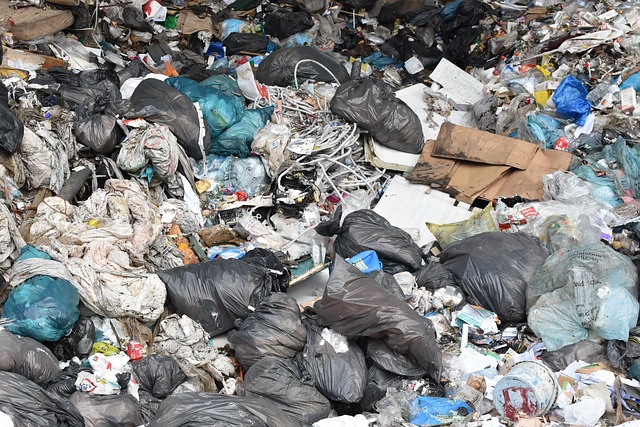Imagine you are in your home and receive all the groceries and home supplies you need to live in your house but you were never able to get rid of the packaging materials or waste. It would just keep building up until you develop a lifethreatening problem. Your body has the same issue with dead cells and used up proteins.
Macroautophagy, or simply autophagy, is a cellular process that involves the degradation and recycling of damaged or unwanted cellular components, such as proteins, organelles, and metabolites. Autophagy is essential for maintaining cellular homeostasis, quality control, and adaptation to stress. Autophagy also plays a role in regulating immune responses, inflammation, and metabolism 1.

However, autophagy is not always efficient or functional. Impairment or dysfunction of autophagy can lead to the accumulation of toxic or harmful substances in the cells, which can trigger cellular senescence, apoptosis, or necrosis. Impaired autophagy can also affect the communication and interaction between cells and tissues, resulting in dysregulation of various physiological processes 1.
Impairment of autophagy is involved in the process of aging. Dysfunctional autophagy may contribute to age-related diseases, such as neurodegenerative disease, cancer, and metabolic syndrome, in the elderly. Therefore, restoration of impaired autophagy to normal may help to prevent age-related disease and extend lifespan and longevity 2.
Disabled macroautophagy is one of the newly added hallmarks of aging, along with chronic inflammation and dysbiosis. These three hallmarks are considered to be integrative hallmarks, meaning that they are downstream consequences of the primary and antagonistic hallmarks of aging 3. The primary hallmarks are genomic instability, telomere attrition, epigenetic alterations, and loss of proteostasis. The antagonistic hallmarks are deregulated nutrient-sensing, mitochondrial dysfunction, cellular senescence, and stem cell exhaustion 4.
Disabled macroautophagy is closely related to the other hallmarks of aging. For example, impaired autophagy can affect the stability and repair of DNA, the maintenance and expression of epigenetic marks, the clearance and folding of proteins, the regulation of nutrient-sensing pathways, the function and biogenesis of mitochondria, the removal and secretion of senescent cells, and the differentiation and renewal of stem cells 13. Conversely, these hallmarks can also influence the activity and efficiency of autophagy.
Therefore, disabled macroautophagy is not only a hallmark of aging but also a mediator and modulator of aging. Enhancing or restoring autophagy may be a promising strategy to delay or reverse aging and improve healthspan. Several interventions have been shown to activate or induce autophagy in animal models or human cells, such as calorie restriction, exercise, fasting, pharmacological agents (e.g., rapamycin), natural compounds (e.g., resveratrol), genetic manipulation (e.g., overexpression of autophagy genes), and dietary supplementation (e.g., amino acids) 15.

However, more research is needed to understand the molecular mechanisms and regulation of autophagy in different cell types, tissues, organs, and systems. Moreover, more studies are required to evaluate the safety and efficacy of autophagy-enhancing interventions in humans. Furthermore, more biomarkers are needed to monitor and measure autophagy levels and outcomes in vivo. Finally, more clinical trials are needed to test the potential benefits of autophagy modulation for preventing or treating age-related diseases.
In conclusion, disabled macroautophagy is a hallmark of aging that reflects the decline and dysfunction of a vital cellular process that affects multiple aspects of cellular and organismal health. Improving autophagy function may be a key to achieving longevity and well-being.
1: https://www.thelri.org/disabled-macroautophagy
2: https://www.sciencedirect.com/science/article/pii/S0098299706000203
3: https://longevity.technology/news/a-decade-of-research-expands-the-hallmarks-of-aging-from-nine-to-twelve/
4: https://www.nature.com/articles/s41569-023-00881-3.pdf
5: https://longeviq.com/the-updated-12-hallmarks-of-aging-and-what-do-they-mean/

